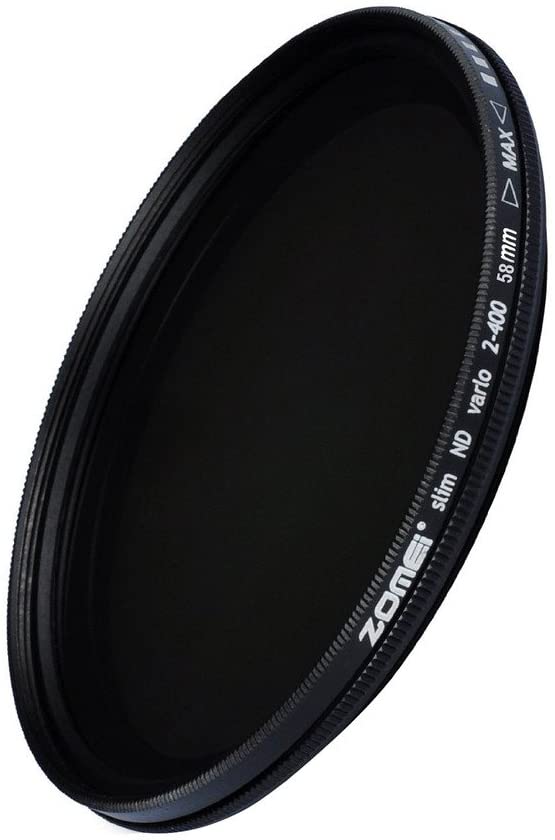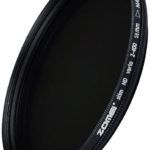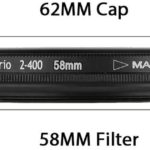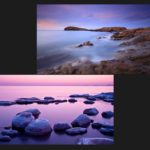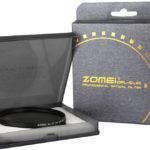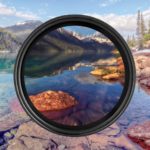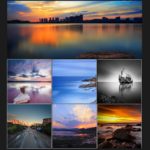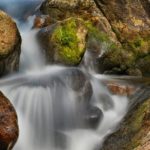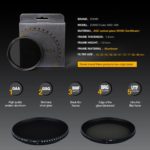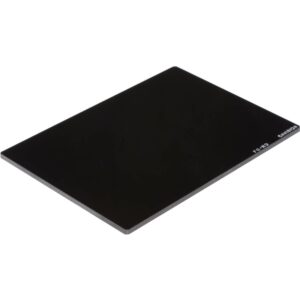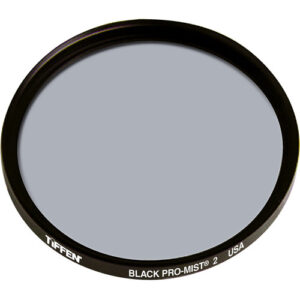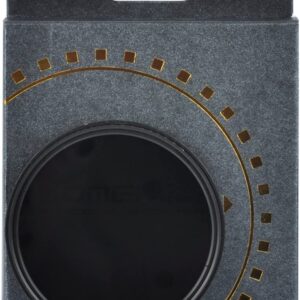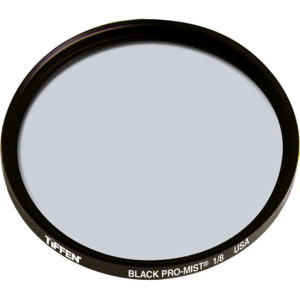Detalhes dos Produtos
Filtro Lente ZOMEi 58mm Ultra Slim ND2-ND400 Fader Variable ND
$35,99
Fora de estoque
Descrição

Introduction:
By rotating the end of the lens you are able to control the amount of light (between +1 and +8 stop values) that enters the lens. Foe example, f/4 instead of f/8 for selective sharpness instead of great depth of field, or 1/15s instead of 1/60s for a smooth, blurred water effect instead of a ‘frozen’ waterfall.
Color Shift?
The color of the image may vary between warm and cold. This is a common phenomenon of all variable ND filters. You need to asjust your white balance accordingly when set the ND filter to different ranges.
Lens Cap or Lens Hood Do Not Fit This Filter?
The outside thread is larger than the inside one, which is our special design.The wider front filter ring helps reduce the possibility of vignetting (the darkening of corners) at wide angle. If you still want to mount lens cap, you will need to take the filter off or use a lager thread cap instead.
What’s In the Box?
58mm Slim ND2-400 x 1

How Does Variable ND Filter Works?
The main disadvantage of neutral-density filters is that to be entirely flexible in your shooting you need to carry a range of different NDs. This can become an expensive proposition, especially if using screw filters with different lens filter sizes, which would require carrying a set for each diameter of lens carried. To counter this problem, we suggest variable ND filters. These work by placing two polarizing filters together, one of which can rotate. The rear polarizing filter cuts out light in one plane. As the front element is rotated, it cuts out an increasing amount of the remaining light, the closer the front filters comes to being perpendicular to the rear filter. By using this technique, the amount of light reaching the sensor can be varied with almost infinite control.
The advantages to this are that you get multiple ND filters in one package, the disadvantage is a loss of image quality caused by both using two elements together and by combining two polarizing filters.

Features Of The Zomei Variable ND Filter
The Zomei Variable Neutral Density (ND) Filter 2 – 8 stops (0.6- 2.4) uses two polarizing layers to control the amount of light that passes through the filter and into the camera lens. At it’s minimum effect the filter passes 1/3 of the light in a scene. That is equal to 1.5 stops on the aperture or shutter speed. At it maximum effect the filter passes just 1/400 of the light in a scene. That is equal to 8 stops on the aperture or shutter speed. This is enough to create artistic blurring shots of motion on water, cars, people or almost anything that moves.
The Zomei Variable Neutral Density (ND) Filter (0.6-2.4ND) uses high-quality optical glass from Zomei Corporation, it is available in thread sizes 40.5, 49, 52, 55, 58, 62, 67, 72, 77 and 82mm. For best results Zomei recommends using a tripod when photographing at slow shutter speeds.

Why There Is A Big “X” Cross Pattern(Vigneting) In Images?
“X” cross in images is a common issue with wide angle lenses and variable ND filters. Physics limit the capabilities of variable ND filters on wide angle lenses. When you enter the edge of the max range, the “X” issue may appear in your image. Because you are using it beyond its capability according to the laws of optical physics,which will inevitably cause this phenomenon.

Features Of The Zomei Variable ND Filter
Allows the Use of Slow Shutter Speeds
Zomei Variable ND Allows the use of slow shutter speeds, with high speed films or digital cameras, to record movement/image blur in subjects such as waterfalls, clouds or any fast moving subject.
Gives You Full Control Over Your Depth of Field
You are able to decrease depth of field by using wider apertures, which helps separate subjects from their background (subject matter in focus while your background is blurred).
Allows You to Shoot High Speed Film
Allows you to shoot high speed film (above ISO 400) in bright outdoor situations by reducing effective ISO. Enables cine and video cameras (which have fixed shutter speeds) to film subjects such as snow, sand or other bright scenes which could cause overexposure.
Examples of Neutral Density Use Include:
- Blurring water motion (e.g. waterfalls, rivers, oceans).
- Reducing depth of field in very bright light (e.g. daylight).
- Using a wider aperture to stay below the diffraction limit.
- Reduce the visibility of moving objects.
- Add motion blur to subjects.
- Extended time exposures.


With Filter

Without Filter

With Filter

Without Filter
Informação adicional
| Peso | 0,20000 kg |
|---|

